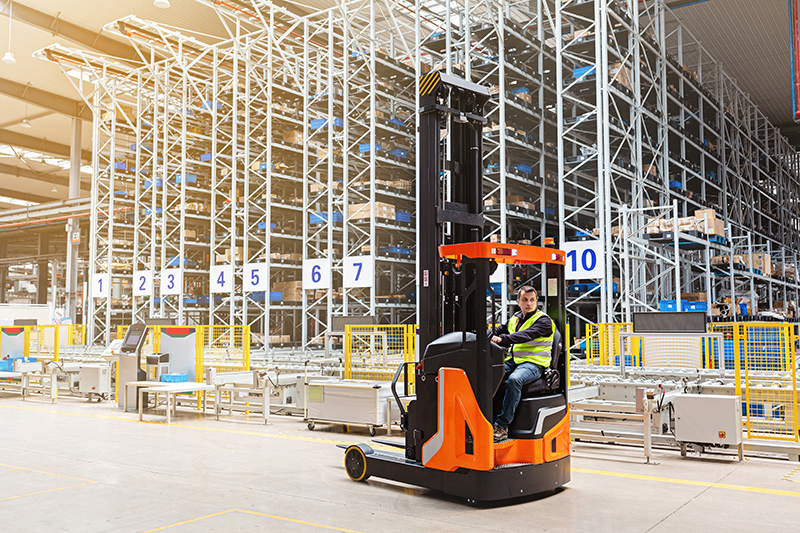Looking to buy a Reach Truck? Read this first. This short article will guide you through the ins and outs of purchasing a reach forklift truck. This
Looking to buy a Reach Truck? Read this first. This short article will guide you through the ins and outs of purchasing a reach forklift truck.
This article will cover:
- Reach truck dimensions and technical parameters
- Key warehouse design considerations
Buy a Reach Fork Truck
When buying a reach lift truck, there are a few technical factors you need to consider:
- Top load beam height
- First load beam height
- Pallet height (and lift off) for lowest storage level
- Pallet weight
- Pallet dimensions
- Tunnel heights
- Dock door receiving height
- Warehouse clear height
We’ll explain why this information is crucial below.
Lift Height Requirement for Top Load Beam Racking Height
When purchasing any lift truck, including a sit-down forklift, it’s essential to know your top load beam height, meaning the highest storage level. Don’t guess.
Tip: If you don’t have a tape measure long enough, count the holes in your pallet racking upright frames.
Order a reach truck with enough lift to reach your top load beam plus an additional 12″. This extra lift is necessary due to factors like:
- Floor conditions
- Load weight
- Beam height
- Plumbness of racking
Warehouse Floor Conditions
If the floor is uneven, the reach truck may lean slightly, but this can significantly affect fork height at full extension, reducing its ability to reach top-level pallets. Extra lift is needed in such cases.
Pallet Load Weights
Heavy loads can cause the forks and mast to flex, requiring more lift-off space at higher levels.
Plumbness of Pallet Racking
If racking isn’t perfectly vertical, the reach truck will need extra lift-off space to account for the tilt.
Top Load Beam Height
The higher the beam, the more lift-off you need. While 6-8″ may work at lower levels, plan for 12″ or more at greater heights due to the factors listed above.


COMMENTS